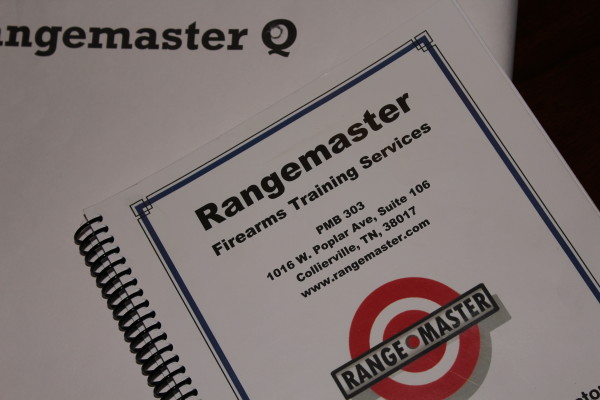
I recently learned (hat tip, Claude Werner, The Tactical Professor, his blog is HERE) that in the firearms and self-defense training community, there is a four-to-five year publishing cycle for the rehashing of subject matter. I authored a post which included a discussion of “warning shots” back in 2014 — HERE. So, I now unabashedly revisit the subject. But, I plead not guilty to the pardonable sin of rehashing — I actually do have fresh thoughts/material on the subject.
Prior MSW post takeaway: “Except (perhaps) in the retaking of escaping prisoners, to fend off a dangerous “protected” species threatening at distance, or certain maritime encounters, a warning shot is so universally frowned upon it likely cannot be “justified” to a prosecutor, judge, and jury. But, Bob Dylan might just be correct, the times they are (maybe) a-changin’. For better or worse, see how a recent Florida “warning” shot incident is described here. [Link expired]. Here’s another, a New Hampshire no prosecution report on a self-defense shooting. The report favorably notes that a warning shot was first taken.”




 In the training industry, we tend to complain about folks who spend too much of their money on guns and gear rather than ammunition and training. That idea is sound and is aimed at those folks who rarely, if ever, attend classes or practice defensive skills. There are a lot of inhibiting factors which keep us from enrolling in quality classes. Tuition is generally about $225 per day and about a grand per week.
In the training industry, we tend to complain about folks who spend too much of their money on guns and gear rather than ammunition and training. That idea is sound and is aimed at those folks who rarely, if ever, attend classes or practice defensive skills. There are a lot of inhibiting factors which keep us from enrolling in quality classes. Tuition is generally about $225 per day and about a grand per week. 




 “You need a maximum strength prescription of ‘slow…down’. Speed comes later,” he said in that western Kentucky accent that almost forces a sense of calm. It was obvious this would be a different kind of class.
“You need a maximum strength prescription of ‘slow…down’. Speed comes later,” he said in that western Kentucky accent that almost forces a sense of calm. It was obvious this would be a different kind of class. 




